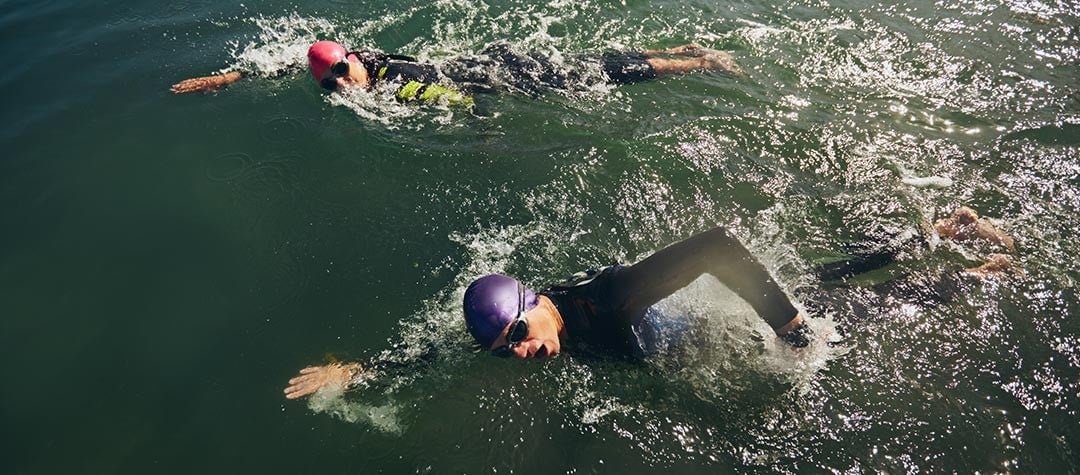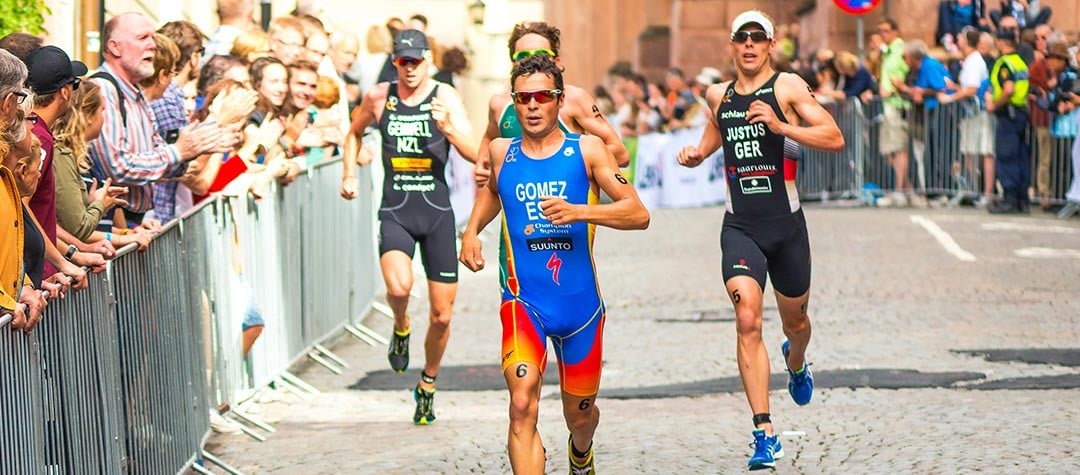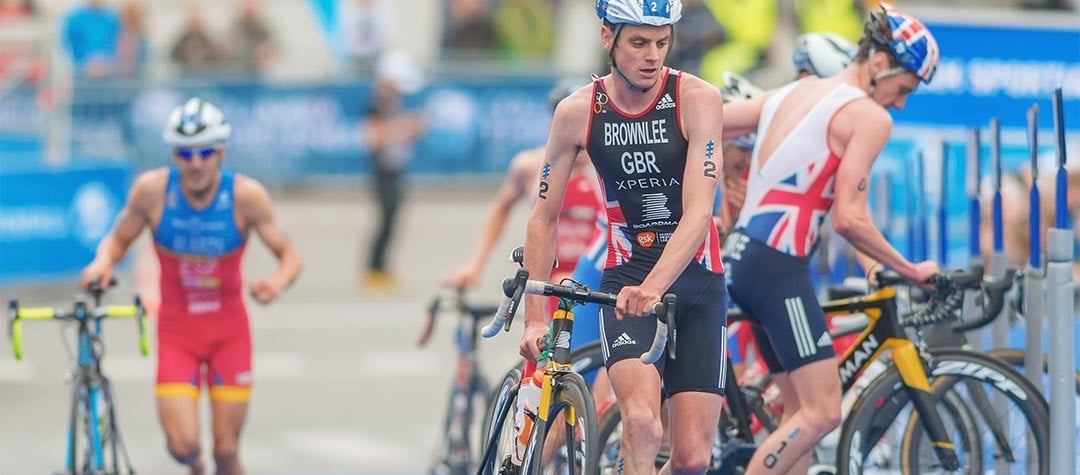Tips to perfect your open water swim, identifying the skills, training and gear needed for the perfect triathlon swim.
Fortunately for me, my triathlon event nearly always takes place in open water, because if we were racing in a pool every day in separate lanes, I doubt I’d be good enough to have a career in the sport. Open water swimming is something that came naturally to me and I’m always happy to share my tips!
1. Different skill sets for open water swimming
Swimming in open water requires a different skill set to swimming in a pool . The pool is a very controlled environment with its standard length, calm flat water and a lane to yourself.
In the open water you’re given various different factors to deal with, and the biggest change is that you have hundreds of bodies around you and this turns the race into something more than just fitness. You have to fight hard for your position the whole time and you have to fend off other athletes at the start and at the buoys. There are times where you should sit on people’s feet and hips and other times where you need to surge hard to overtake them.
2. Clear water
If you’re a good swimmer you should try to find clear water as soon as possible so you don’t have to be in the wash fighting with everyone else. If you’re a weaker swimmer, trying to keep up with athletes of a better level, then it’s important to use open water swimming skills to your advantage.
For the weaker swimmer I would recommend you start faster than usual and once the pace settles down, sit as close to the people in front of you as possible so you can get sucked along.
For the weaker swimmer I would recommend you start faster than usual and once the pace settles down, sit as close to the people in front of you as possible (without touching them) so you can get sucked along.
3. Getting physical in the open water
With open water swimming you’re likely to get dealt a few beatings along the way. Sometimes they are intentional but most of the time they’re completely accidental and to be honest that’s what will happen if you go swimming with 300 other people.
In my opinion it’s one of the fun parts of the sport that you’ll talk about for days afterwards. Getting pulled back or hit over the head while you’re swimming is very tiring and before you know it you’ll be swimming at a snail’s pace. My advice is to avoid being the instigator of such activities, but at the same time always hold your ground and give back as good as you get!
When I was racing in the International Triathlon Union, 70 of us would all get to the first turn at pretty much the same time. I used to take a big breath before the turn and go in with my head down, my arms flailing and legs kicking hard so nobody could grab me. By approaching it this way I felt it was more likely they’d get out my way! If you go into that washing machine like a softie then you’ll get swum over by 30 people and you’ll be on the next flight home.
4. Train for open water swimming
It helps to train properly for open water swimming. Most of your swimming will be in a pool but usually strength workouts like short rest 100’s will be your best friend. Why? Because in open water the swimming is really continuous so this will get your body used to swimming hard for a long time.
A training set we do a great deal is 3 x (8 x 100m). That’s one every 1:15 so really someone like me will only get enough time to touch the wall, take a breath and go again. You should aim for 5 seconds rest each time.
5. Swim indoors in a wetsuit
If you’re going to be swimming in a wetsuit at your event make sure you practice using that in the pool as it will add another dimension to your swim. When you first get into the suit it’ll likely feel tight around the shoulders which will feel like you’ve been lifting weights. You need to get used to that feeling but the material will loosen off with time so that the suit will fit you better.
If you’re going to be swimming in a wetsuit at your event make sure you practice using that in the pool.
6. Race dynamics
Learning the dynamics of the race will also help. Although you may be starting with hundreds of people, if you’re a solid swimmer you should always start very fast. Then once the pace settles in at around 150m (it always will) you should start to look up and try to find people who are swimming faster than you to swim with.
Swim just off their hips until you are recovered and if/when they slow down, move around them and push onto the next person in front! Remember to keep looking where you’re going using landmarks to sight with, because there isn’t really any point in swimming any further then you have to!















